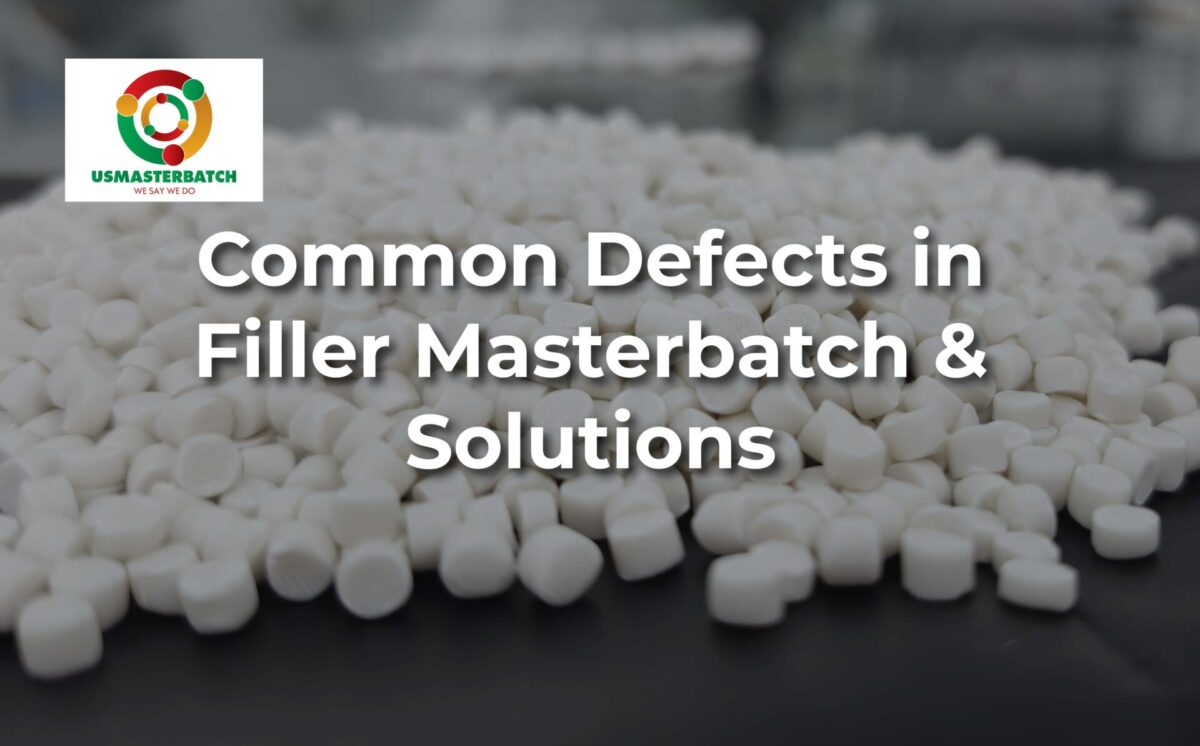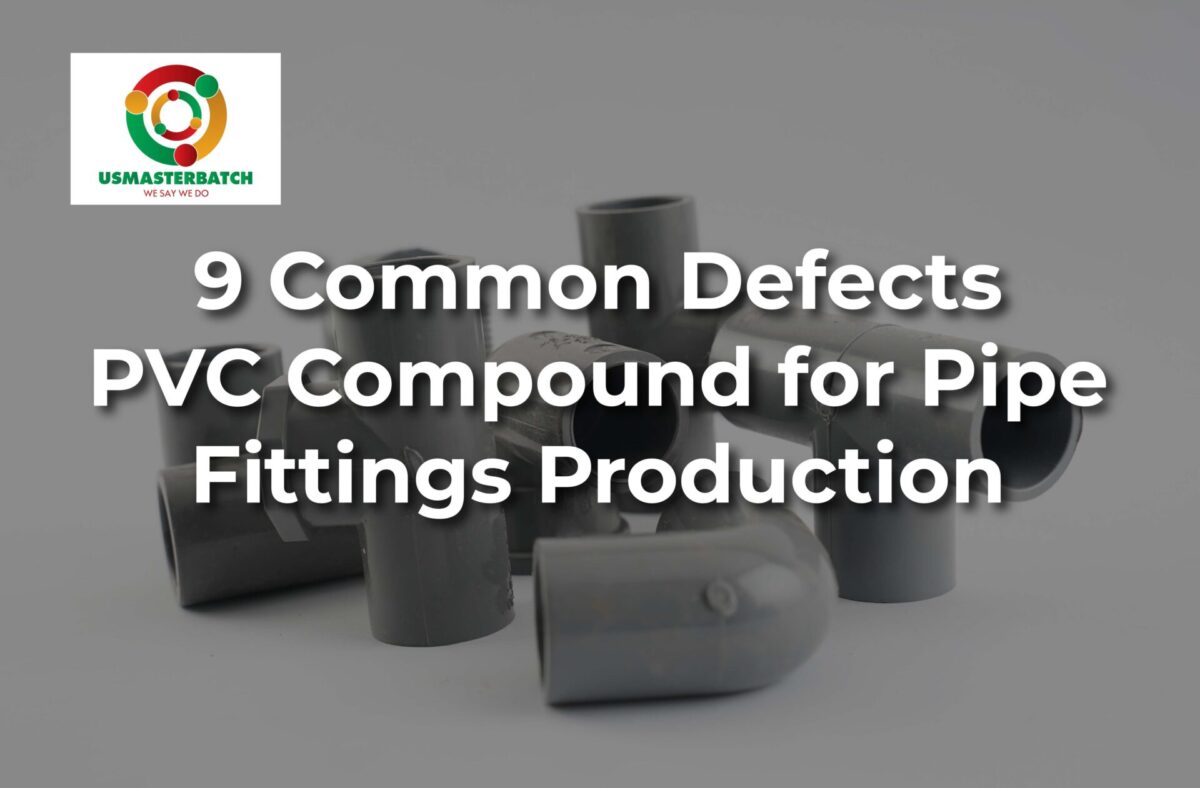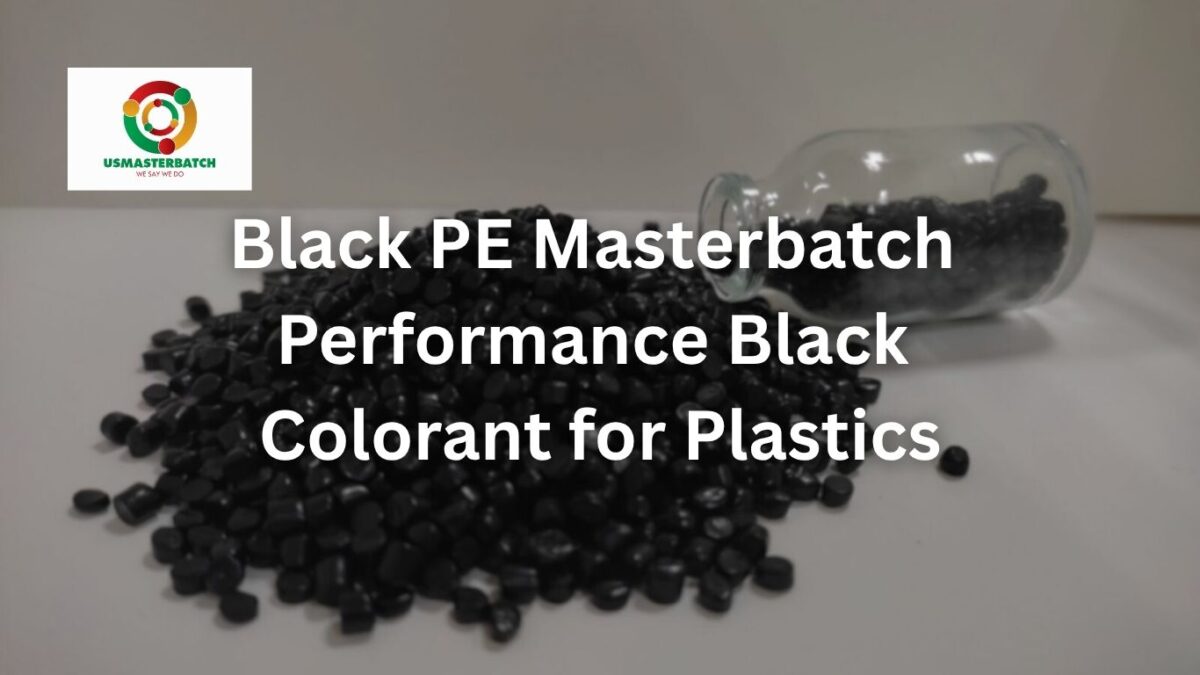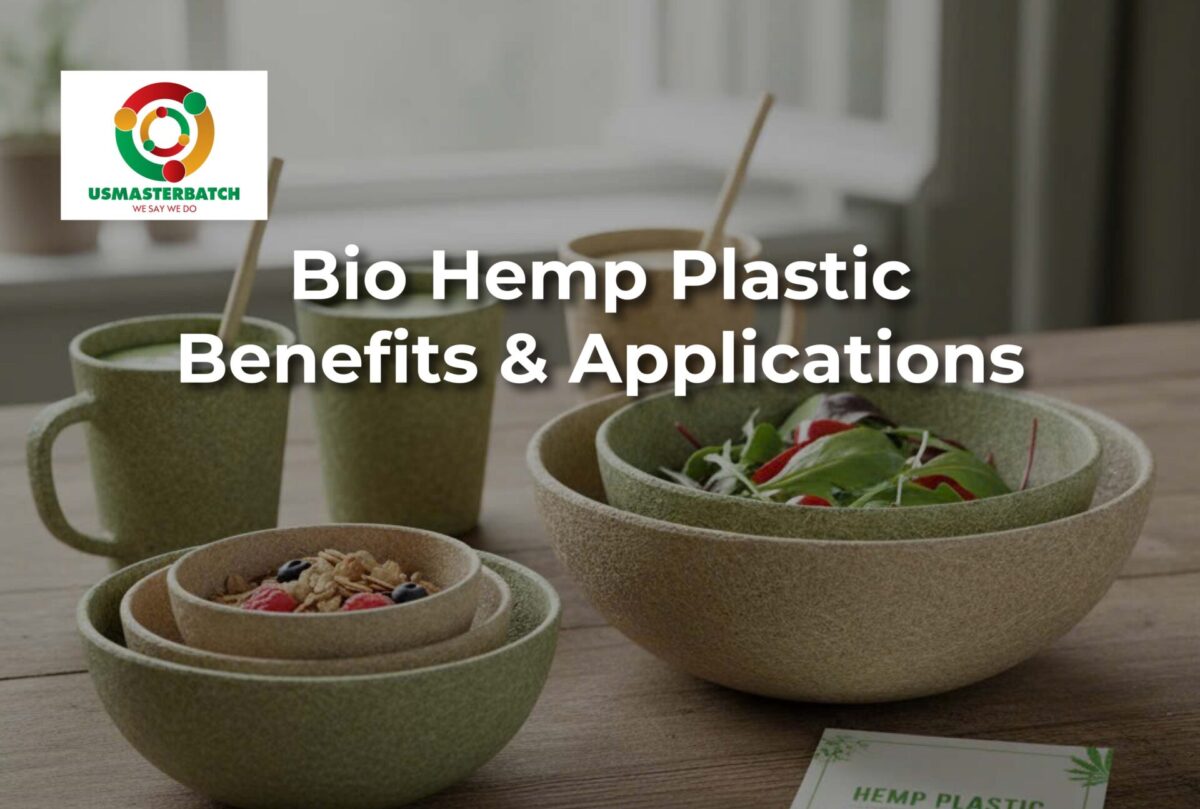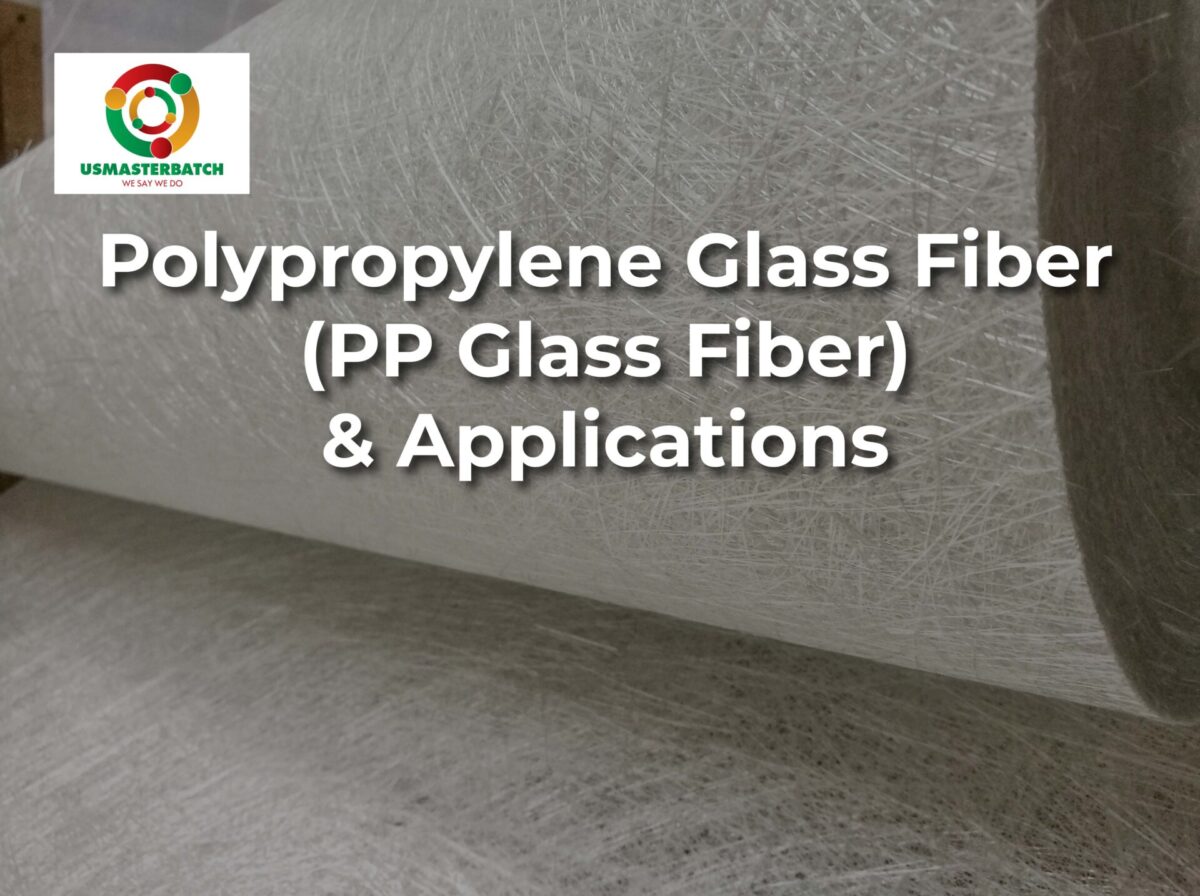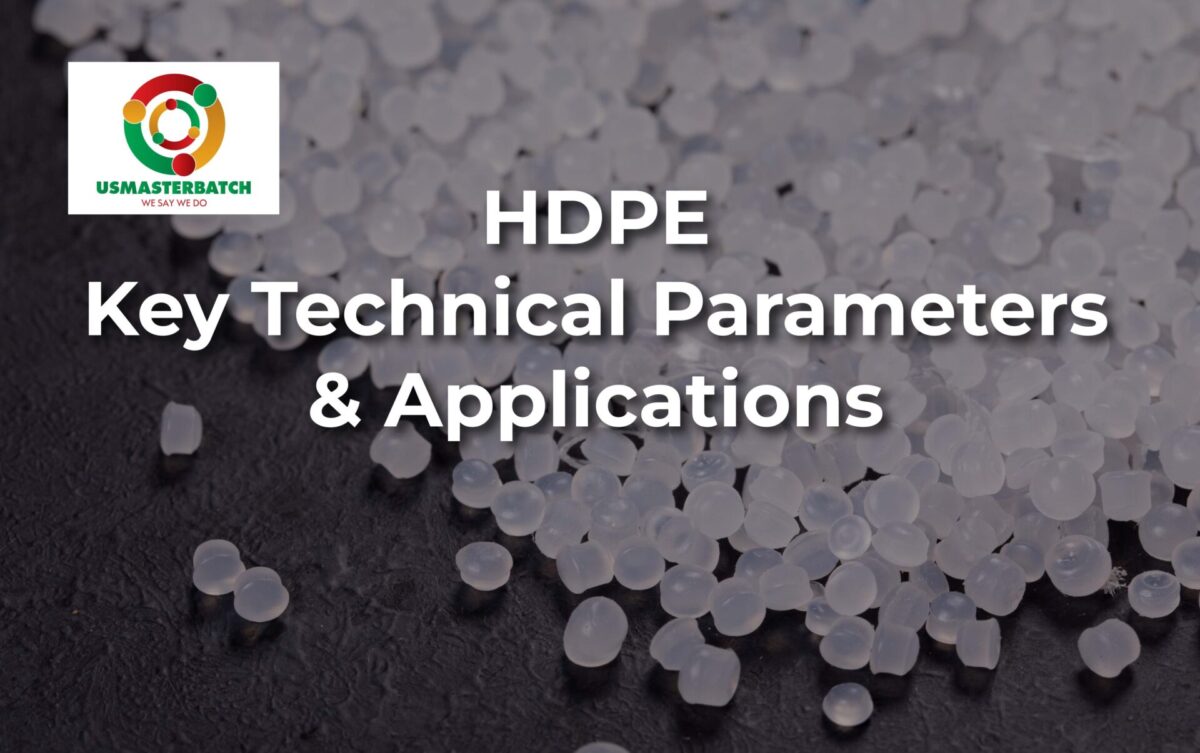
HDPE – Key Technical Parameters and Practical Applications
HDPE (High-Density Polyethylene) is short for high-density polyethylene, a thermoplastic polymer belonging to the polyolefin family.
Thanks to its low degree of molecular branching, HDPE has a high density (0.941–0.965 g/cm³), which gives it excellent mechanical strength, as well as high resistance to impact, chemicals, and moisture.

HDPE has a hard, opaque white surface, is waterproof, and is virtually unaffected by acids, alkalis, or common organic solvents.
For these reasons, HDPE has become one of the most widely used plastics in industry, ranking just behind PP (polypropylene) and PVC (polyvinyl chloride) in popularity.
When assessing the quality of HDPE-based products, several key technical parameters should be taken into consideration, as outlined below:
1. Density
Typical range: 0.941 – 0.965 g/cm³ (according to ASTM D1505 or ISO 1183).
Meaning:
- Higher density → products become stiffer, less shrinkable, and stronger under load.
- Lower density → more flexible and easier to bend.
Applications:
- Low-density HDPE (~0.945 g/cm³): used for films and plastic bags.
- High-density HDPE (~0.960 g/cm³): used for water pipes, containers, and pallets.
2. Melt Flow Index (MFI)
Unit: g/10 min (ASTM D1238, measured at 190°C/2.16 kg).
Meaning: Indicates the flowability of the polymer in the molten state, which directly affects processability.
- Low MFI (0.2 – 0.6): suitable for HDPE pipes, extrusion sheets, and technical parts.
- Medium MFI (0.8 – 2): used for jerry cans, bottles, and blow-molded products.
- High MFI (4 – 20): used for injection molding and thin-walled products.
Note: A higher MFI allows easier processing but results in lower tensile strength.
3. Melting Temperature
Typical range: 130 – 135°C.
Meaning: Determines the processing temperature window and thermal performance limits.
- HDPE remains dimensionally stable at 80–100°C and does not deform under hot and humid environmental conditions.
Main Products Made from HDPE and Their Corresponding Technical Parameters
HDPE (High-Density Polyethylene) is widely used across many industries thanks to its high strength, rigidity, chemical resistance, electrical insulation, and excellent processability.
Depending on the mechanical and physical requirements of each product, manufacturers select HDPE grades with suitable Density, Melt Flow Index (MFI), and Melting Temperature values.
1. HDPE Pipes
Applications: Water supply and drainage systems, gas pipelines, fiber-optic cable conduits, and agricultural irrigation systems.
Characteristics:
- Low MFI → denser melt with slower flow → results in higher mechanical strength and pressure resistance.
- The final products are flexible, impact-resistant, and crack-resistant, with a service life of over 20–30 years.
2. Blow Molding HDPE (Cans, Bottles, Containers)
Applications: Chemical containers, milk bottles, edible oil bottles, detergent bottles, and 5–20L jerry cans.
Characteristics:
- Medium MFI allows the polymer to flow easily in blow molds, producing thin-walled yet impact-resistant products.
- Higher density helps bottles maintain shape stability and resist deformation when filled with liquids.
3. Film Grade HDPE (Films and Bags)
Applications: Supermarket bags, food packaging films, agricultural mulch films, and HDPE geomembranes.
Characteristics:
- Lower density provides softness, flexibility, and good transparency.
- Higher MFI improves film blowing ability and produces a smooth surface finish.
- For geomembranes, higher-density HDPE (~0.955 g/cm³) is typically used to increase tensile strength and chemical resistance.
4. Injection Molding HDPE (Technical Products)
Applications: Bottle caps, pallets, chairs, trays, containers, and various technical components.
Characteristics:
- High MFI enables fast melt flow, suitable for molds with fine and complex details.
- Final products offer excellent stiffness, glossy surfaces, and heat resistance, without brittleness or cracking during use.
5. HDPE Sheets & Boards
Applications: Industrial cutting boards, insulating sheets, shrimp pond liners, chemical storage tanks.
Main Products Made from HDPE and Their Typical Technical Values
| Product | Density (g/cm³) | MFI (g/10 min) | Melting Temp (°C) | Key Features |
| HDPE Pipes | 0.945 – 0.955 | 0.2 – 0.4 | 130 – 135 | Durable, high pressure resistance |
| Cans & Bottles | 0.950 – 0.960 | 0.3 – 1.0 | 132 – 135 | Flexible, impact-resistant |
| HDPE Films/Bags | 0.940 – 0.945 | 0.5 – 2.0 | 128 – 132 | Soft, easy to blow film |
| Injection Molding Products | 0.950 – 0.960 | 4 – 20 | 130 – 135 | Rigid, smooth surface finish |
| HDPE Sheets | 0.955 – 0.965 | 0.3 – 0.6 | 132 – 135 | Dimensionally stable, chemical resistant |
Each HDPE product requires specific Density, MFI, and Melting Temperature values to achieve optimal performance.
A clear understanding of these parameters helps manufacturers select the right raw materials, ensuring product quality, durability, and processability for each specific application.
US Masterbatch offers a wide range of Filler Masterbatch & Additive Masterbatch products with technical characteristics tailored to different HDPE product categories — from pipes, bottles, and films to injection-molded items.
 With high dispersion, excellent thermal stability, and outstanding compatibility with HDPE, our products help businesses optimize material costs, improve rigidity, strength, and surface gloss, while maintaining consistent quality and production efficiency.
With high dispersion, excellent thermal stability, and outstanding compatibility with HDPE, our products help businesses optimize material costs, improve rigidity, strength, and surface gloss, while maintaining consistent quality and production efficiency.
Please contact our team to receive expert consultation on the most suitable filler masterbatch for your production line and technical requirements.
We are always ready to support you in enhancing product quality and optimizing manufacturing efficiency.

